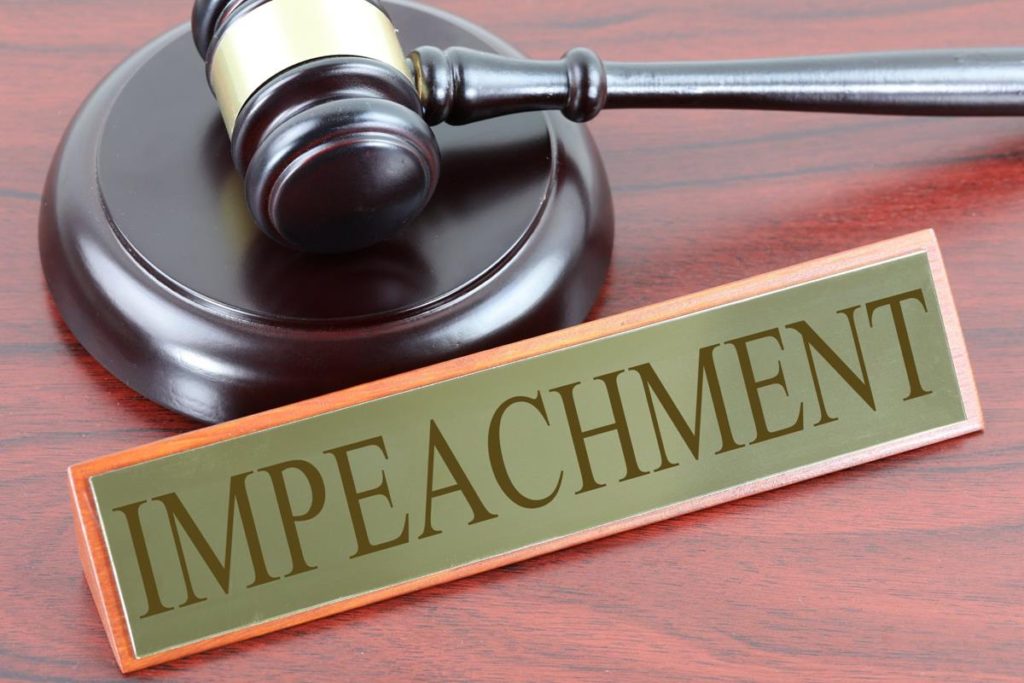At this point in the news cycle, it is difficult to turn on the TV, listen to the radio, go on social media, or even read the newspaper without hearing about impeachment. However, the process is very complicated and can be confusing. Here’s an outline of what’s happened so far and what steps will or could be taken in the future.
What’s Happened So Far:
On Tuesday, Dec. 10, the House Democrats, led by the Judiciary Committee and Speaker of the House Nancy Pelosi, introduced formal articles of impeachment against President Trump. They are charging him with abuse of power and obstruction of Congress.
Next, the House Judiciary Committee must have a hearing on whether or not the full House will vote on the resolution, and when that vote will be. The Committee needs a simple majority to move forward. This hearing is currently taking place.
The Next Steps:
Should the Judiciary Committee move to bring the articles of impeachment to the House of Representatives, a vote will take place in the House on whether or not to impeach President Trump.
If a simple majority is reached, meaning 218 or more Representatives vote yes, then President Trump will be impeached. In terms of the likelihood of this happening, there are currently 235 Democrats in the House who will most likely vote to impeach.
Even if a President is impeached, they are not necessarily removed from office. The following step determines how the impeachment carries out.
After a president is impeached, a trial conducted the Senate is completed to determine whether or not the president committed a crime. The president is represented both by their own counsel, as well as members of the House, and the chief justice of the U.S. Supreme Court presides over the trial.
After the trial, Senators deliberate and determine whether or not the president is guilty of the crimes they were accused of in the articles of impeachment.
Unlike in the House components of this process, a two-thirds majority is required to remove a president from office.
This seems less likely to happen, for 67 senators in total would need to vote to remove President Trump, meaning that 20 of the 53 Republican senators would need to vote to remove him, if all the Democratic senators do as well.
If a president is removed from office, the Vice President is then sworn in as President.
This is not a quick process by any means, and Congress will most likely have a final decision just months before the 2020 election.
Understanding the process of impeachment can make these historical events easier to follow.































